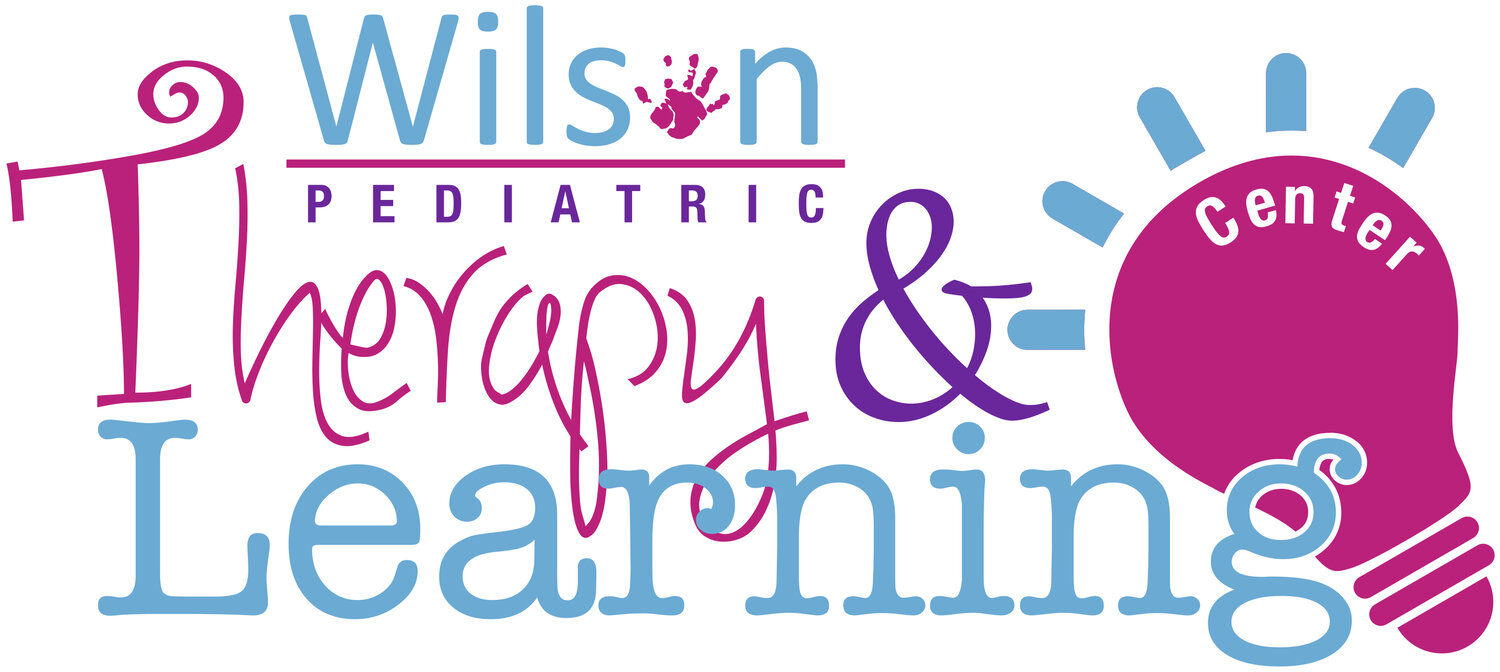Making the Most Out of Therapy
Has your child recently started occupational, speech, or physical therapy services? Here are some quick thoughts on how to make the most of those therapy sessions:
Communication is key.
During an initial evaluation, it may seem like we ask hundreds of questions (and we might!). It is important to establish an open line of communication so that we are able to fully understand what is going on with your child. Our goal as therapists is to help your child but if we do not have the “full picture” of life outside of the clinic, it can be difficult to ensure progress across all settings. There are many factors that can affect your child's progress, and the more we know, the better the recommendations we can make. If you have any concerns, do not be afraid to ask questions! Therapists are trained experts in their field of study however they are not the expert on your child. If you have concerns, thoughts, or questions about any aspect of their care, please do not hesitate to ask questions. This helps us to be able to provide the best care possible!
Complete your home activities.
After each therapy session, you and your child will likely receive “homework” or activities that would be beneficial to work on outside of the clinic. The goal of these activities is not to add something else to your to-do list during the week. There are many hours in a week and your child is likely only receiving services for a small percentage of those hours. To ensure that progress is made toward goals, it is important to do activities outside of the clinic setting. If a suggested activity isn’t working well for you or your family, please communicate! This allows us to modify and make adjustments to better serve you.
Be patient.
Some children will make quick progress, and others more slowly. How quickly your child makes progress will depend on the complexity of their challenges as well as other factors that may influence their ability to make progress towards goals.
Participate in the sessions (when appropriate).
Participating in sessions will allow for you to have a better understanding of what the therapist is working on and how to best help your child. With active parent participation at times, a child may be more willing to complete challenging tasks. It is also important to note that some children may do better without a parent present and this is okay. Some kids just do better when a parent isn’t present. This is again where communication is key to determining what may be best!
Make sure your child is wearing comfortable and appropriate clothing.
While we find it adorable to see children “dressed up” for therapy, if they are not able to easily move around during the session, it may inhibit some activities that they are able to participate in. Being in comfortable clothing will allow your child to be able to move freely throughout the session. This point may be more applicable to some services than others.
